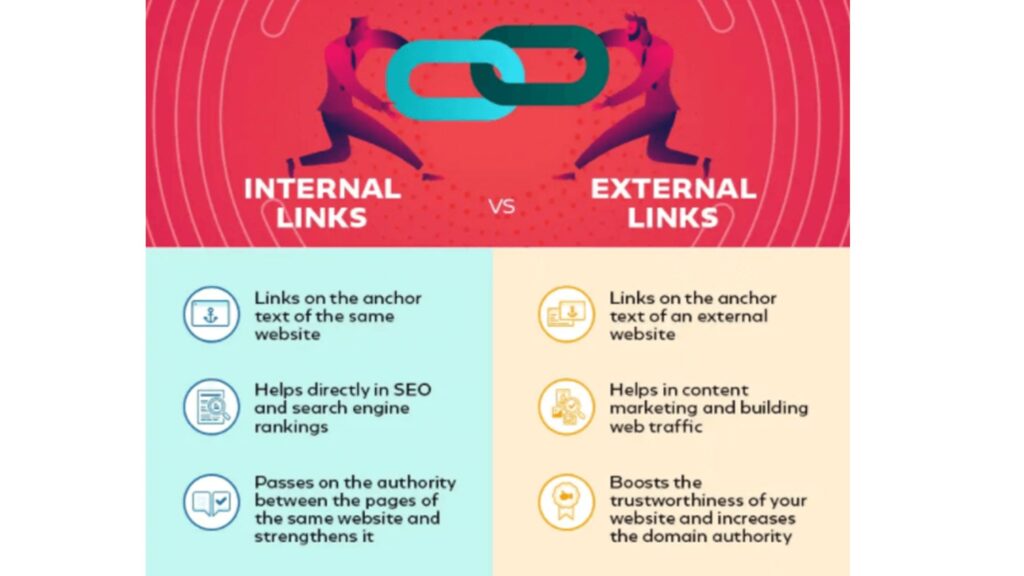The success of any B2B sales strategy hinges on the quality of the data used to reach potential clients. To get the most out...
Frustrated with the leads you get that turn out to be a poor fit? We’ve all been there.
There’s an unlikely place you might not have considered – your company blog. You might think that blogs are only for increasing brand recognition, not for generating leads. However, that’s not entirely accurate.
When executed effectively, blogs can be a dynamic lead-generating force. What’s even more exciting is that they can help you attract high-quality leads. Let’s delve into how you can transform your blog into a lead-generation powerhouse.
Why does Blogging Matter?

Blogging isn’t just about sharing company updates; it’s a potent tool that can elevate your business’s standing in your industry. When wielded skillfully alongside your SEO strategy, blogging becomes a game-changer.
Crafting captivating and informative posts isn’t merely about communication; it’s about crafting your brand identity and reputation. Fostering trust is the cornerstone of business success, as customers gravitate towards those they can rely on. Keep this in mind as you curate your content.
Here’s the twist: According to HubSpot, marketers who give priority to blogging are 13 times more likely to achieve a positive return on investment (ROI). All in all, blogging stands as a pivotal pillar in your marketing journey.
5 Ways to Supercharge Your Blogs for Lead Generation
Wondering how to transform your blog into a lead-generating powerhouse? Here are some practical ideas:
1. Unlock Exclusive “Gated” Content
Remember how we talked about establishing yourself as a thought leader? Well, here’s where that strategy comes into play again. Offer some extra, exclusive content to your dedicated followers, content that casual readers don’t typically access. Do this alongside your regular free content to maximize its impact.
Image Source: Orbit Media
By consistently showcasing your expertise through blogging, you’re more likely to attract people to opt-in for your gated content. Consider creating an ebook that delves deeper into your processes. Tease your audience with a taste of your insights in your public posts and encourage them to download your ebook for even more valuable information.
You can also host webinars that provide tailored feedback to participants who share their contact and personal details.
The ultimate goal is to gather the contact information of potential customers. Once you have that, you can start nurturing these leads at the top of the sales funnel.
2. Incorporate a Well-Placed Call to Action (CTA)
Marketing without a Call to Action (CTA) is hard to imagine. Marketers use CTAs to encourage visitors to take actions that benefit them. CTAs can prompt users to click on a link, download content, or make a purchase.
You need to keep in mind the following factors when creating a CTA:
1. Placement
2. Design
3. Text
You can place your CTA in different locations on your webpage, such as:
>At the top of the page
>In the middle of the page (split)
>At the end of an article
The language of your CTA is crucial; it should be compelling. Here are some examples:
“Get Started” – suggests immediate action.
“Try… for free (for… days)” – offers something for free.
“Buy it now” – for users ready to make a purchase.
“Sign up and…” – a clear and concise CTA.
“Download Now” – an unmistakable instruction.
“Subscribe” – a quick path to conversion.
Types of CTAs
> Hello Bar: Positioned at the top of the page, it effectively grabs visitors’ attention and remains visible as they scroll down.
> Static Sidebar: This sidebar remains locked in place, ensuring that the information is always accessible.
>Scrolling Sidebar: Similar to the static sidebar but follows readers as they scroll, making it more noticeable.
>Exit Intent Overlay: Pops up when a visitor is about to leave the website, offering a last-minute incentive to stay.
>Slide-In or Popup: Appears as readers scroll down and continue reading an article.
3. Provide Your Readers with Exclusive Content
Sometimes, it’s a smart move to hold back a little something special to pique your readers’ interest. By offering free ways to enhance their businesses, you’re not only providing value but also building a trusting relationship with your audience. In return for a bit of information, like an email address or contact number, you can share the rest of the valuable details.
The key here is consistently delivering value in your regular blog posts. Value is the magnet that keeps people engaged and coming back for more. Once they return, you can focus on converting them into potential leads and, ultimately, revenue sources.
4. Provide Special Benefits to Your Readers
Everyone appreciates a little something extra. Many use this as a strategy to boost website traffic and enhance customer loyalty. These perks can take various forms, such as free delivery or a discount when customers use a specific code mentioned in your blog. It can also be free tips that will be sent when they subscribe for your blog.
This approach ensures that your readers are engaging with your content.
When it comes to offering perks, you don’t have to give away everything you have. Even small incentives can significantly improve customer retention rates and encourage word-of-mouth promotion, which is a crucial aspect of business growth.
5. Optimize Your Blog for Better Search Engine Visibility
All the efforts put into lead generation won’t yield results if your blog posts remain hidden in the depths of the internet. That’s where Search Engine Optimization (SEO) becomes your best friend for attracting those valuable leads.
The good news is that you don’t need to become a coding expert. Optimizing your blog posts for SEO is quite straightforward once you get the hang of it. Here are some tips to help your blog posts rank well on Google:
>Utilize Heading Tags: Headings like H1, H2, and H3 are like signposts for search engines, indicating the importance of different parts of your content.
>Add Internal and External Links: Incorporate internal links that connect to other relevant resources on your website and external links to authoritative sources when it benefits your readers.

Image Source – Think Little Big
>Include Alt Tags: When adding images, use alt tags to describe what the image represents.
>Use Images and Videos: Break up your content by integrating images and videos. This not only makes your post more visually appealing but also improves the reading experience.

Image Source – Buffer Blog
>Keep URLs Concise: Ensure your URL slug (the part of the web address that identifies your post) contains the main keyword and is easy to comprehend.
The Bottom Line
In conclusion, harnessing the power of blogging can be a game-changer for your business. It’s not just about sharing content; it’s a strategic approach to building authority, attracting a loyal audience, and generating leads. By offering exclusive content, implementing effective CTAs, and optimizing your blog for SEO, you can pave the way for business success.
Now, if you’re ready to supercharge your lead generation efforts, consider partnering with DealsInsight, a trusted B2B lead generation company. We specialize in delivering high-quality leads tailored to your industry and target audience.
Let’s take your business to the next level – contact us at DealsInsight today and watch your ROI soar.




